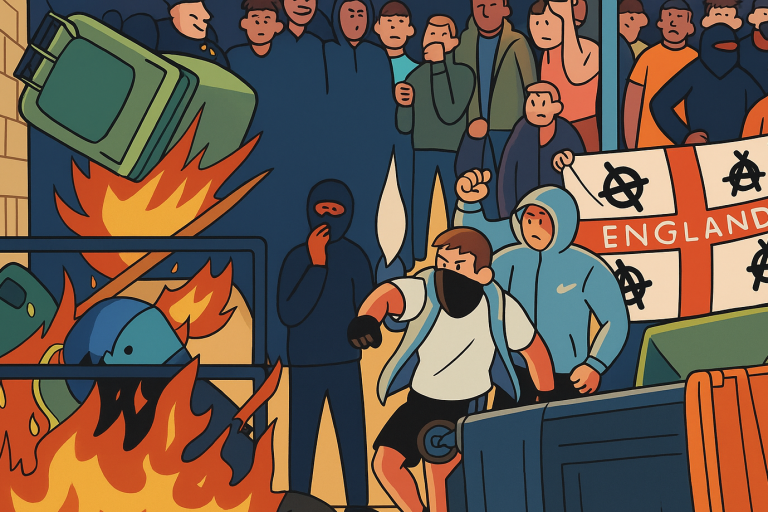Publications
Explore a selection of
TRACE Publications.

Maximum Re[i]ach: How Accelerationist Victimhood Narratives Mould Extreme-Right ‘Affiliated Actors’
This paper explores how social movement theory’s collective action frames illuminate the use of victimhood narratives by extreme-right groups embedded in far-right networks. Through a thematic analysis of victimhood narratives and their framing within the context of The Terrorgram Collective, this paper demonstrates that such narratives function not only as diagnostic, prognostic, and motivational tools, but also as powerful catalysts for radical action—merging existential grievance with conspiratorial tropes, hypermasculine ideals, and apocalyptic visions of “holy terror.” In doing so, the group bypasses traditional leadership structures and transforms transnational individuals into an ideologically affiliated collective, united by a shared sense of existential threat and driven toward terrorism as a means of reclaiming agency.

The Limits of Social Movement Theory in Cases of Exploitation, Grooming, and Terrorism
This study examines whether Social Movement Theory’s (SMT) concept of independent mobilisation can adequately explain the radicalisation of Rhianan Rudd, a 14-year-old British girl with autism spectrum disorder who was groomed into far-right extremism and later charged with terrorism offences. Analysis of Rhianan’s case reveals that SMT’s independent mobilisation lens—centred on behaviours, relationships, and ideology—fails to account for coercion, exploitation, and diminished agency.
Building on grooming and autism scholarship, the study proposes “Exploitative Mobilisation” as a more appropriate framework for understanding how adult predation, systemic neglect, and neurodevelopmental vulnerabilities can manipulate children towards terrorism. Rather than reflecting ideological commitment, Rhianan’s engagement with extremism reveals how safeguarding failures can culminate in state criminalisation. The findings highlight the need for frameworks that consider power asymmetries, victimisation, and the structural misrecognition of exploited youth.

Everyone’s a Thug: The UK Government’s Response to Far-Right Mobilisation in the Wake of Southport
In July 2024, a brutal stabbing in Southport ignited a surge of far-right violence across England and Northern Ireland, fuelled by viral misinformation. In response, the government launched a forceful clampdown, including one of the largest Public Order Public Safety (POPS) deployments since 2011 and accelerated legal measures. This paper examines how this securitised strategy—framed by officials branding participants as “thugs” and “mindless criminals”—prioritised immediate riot suppression over addressing the underlying drivers of far-right extremism. Although large-scale policing and swift prosecutions briefly quelled the violence, underlying xenophobia and digital radicalisation remained largely unchecked. By treating these attacks as mere disorder rather than hate-fuelled extremism, the state bolstered its legitimacy but risked tacitly enabling far-right networks. Highlighting this gap, the paper underscores the need for deeper preventative measures—such as platform regulation and community initiatives—to effectively disrupt far-right mobilisation over the long term.

Targeted Aid: Worker Safety and ODA Allocation in Afghanistan
This study investigates whether there is a direct correlation between attack incidents on aid workers and sector-specific Official Development Assistance (ODA) spending in Afghanistan, focusing on four key sectors—Infrastructure, Health, Governance & Civil Society, and Education—from 2008 to 2012. Drawing on a combined dataset of ODA allocations and recorded violent incidents, the analysis reveals no consistent link between increased spending and reduced attacks. Rather than demonstrating a straightforward causal relationship, the findings underscore the complexity of delivering aid in conflict zones, where variations in both operational and contextual factors can diminish the potential security benefits of targeted aid. The study thus provides empirical evidence that, despite aid being channelled to sectors deemed critical for counterterrorism, its immediate impact on safeguarding aid workers remains uncertain without deeper attention to the broader environment shaping these interventions.

Online Problem, Offline Solution: An Ethical Examination of Online Counter-Extremism Policy
This paper critically examines online counter-extremism policies that conflate radicalism with extremism, and extremism with violence, thereby suppressing non-violent dissent without addressing the core drivers of terrorism. Drawing on evidence of risk and protective factors, it argues for a shift from regulating ideas to preventing harmful actions. The proposed Fostering Resilience through Education, Empowerment, and Dialogue (FREED) framework prioritises targeted legal action against incitement while investing in community-based interventions that tackle socioeconomic inequalities and social isolation. By focusing on pathways leading to violence rather than stifling controversial beliefs, this approach preserves freedom of expression, fosters resilience, and provides an ethical strategy for preventing violent extremism.
Learn with TRACE
Critical Skills for Online Safety
Coming to you in 2026
TRACE Data-Sets
Coming in 2027
Coming soon: researchers will be able to request access to our data for approved academic and policy research. All requests must be affiliated with a recognised research institution..

Join the Alliance Against Violence
We need your consent to load the translations
We use a third-party service to translate the website content that may collect data about your activity. Please review the details in the privacy policy and accept the service to view the translations.

